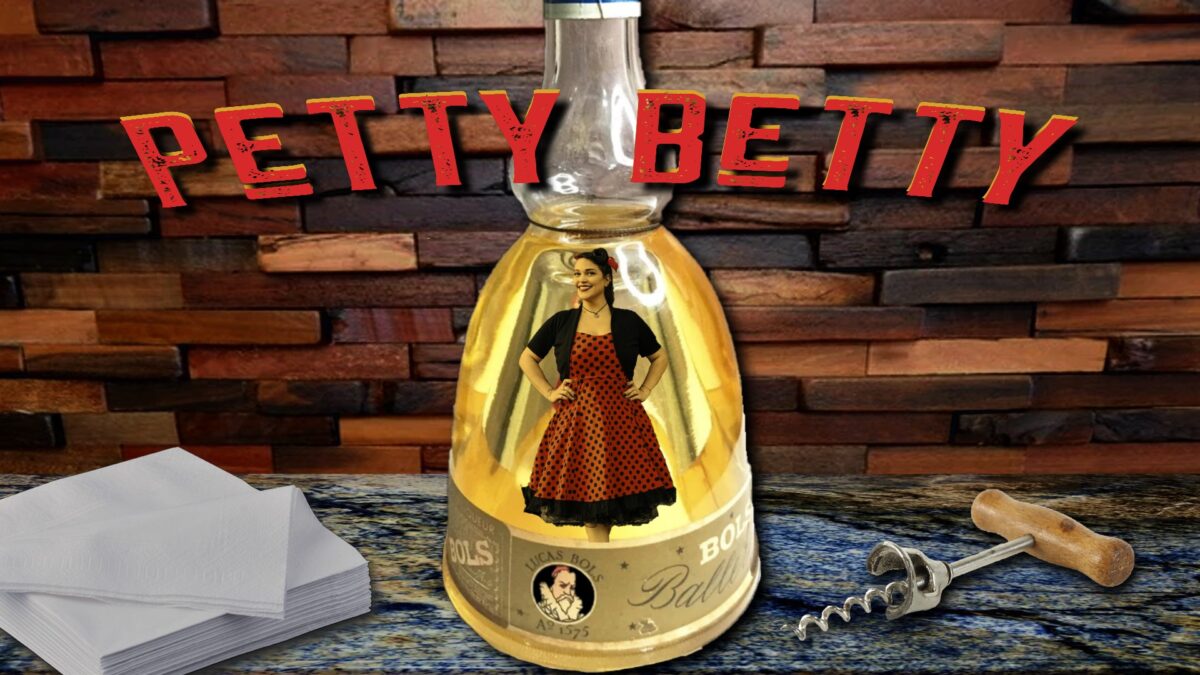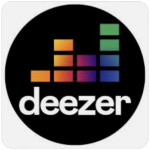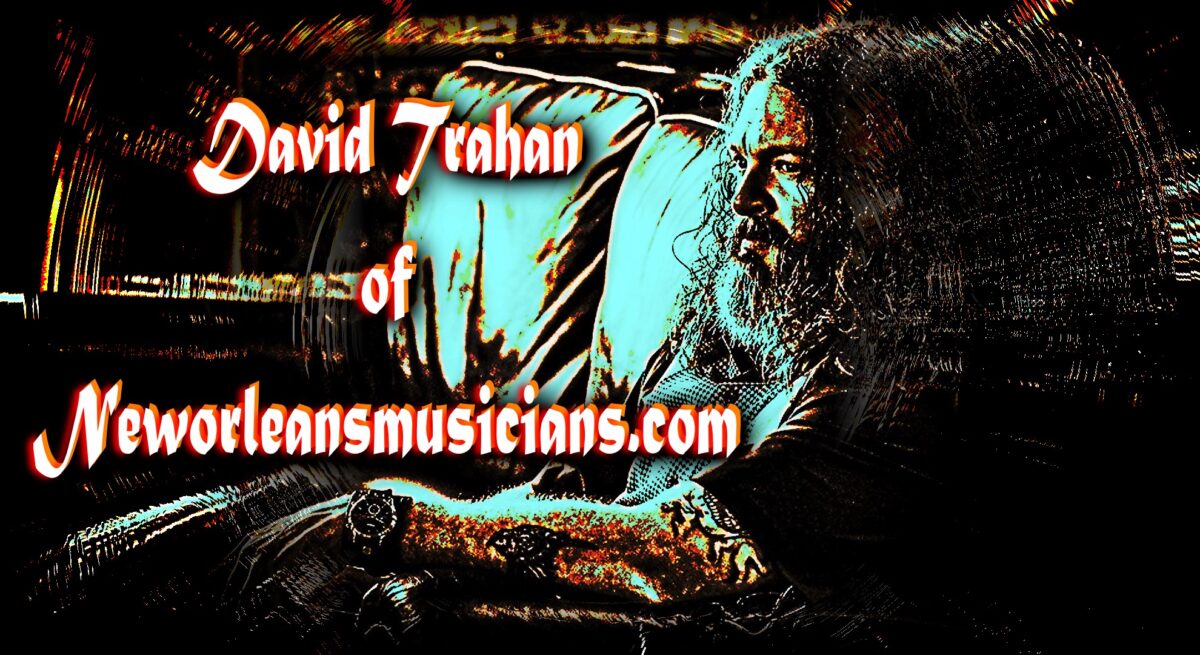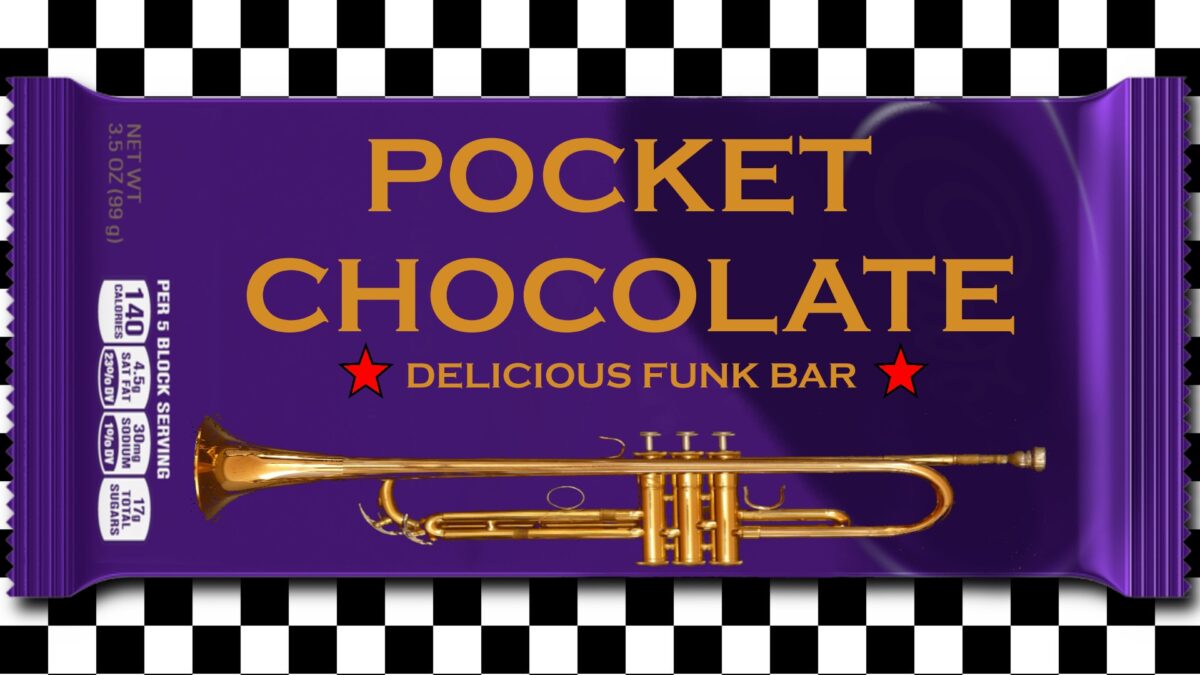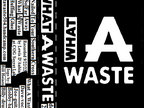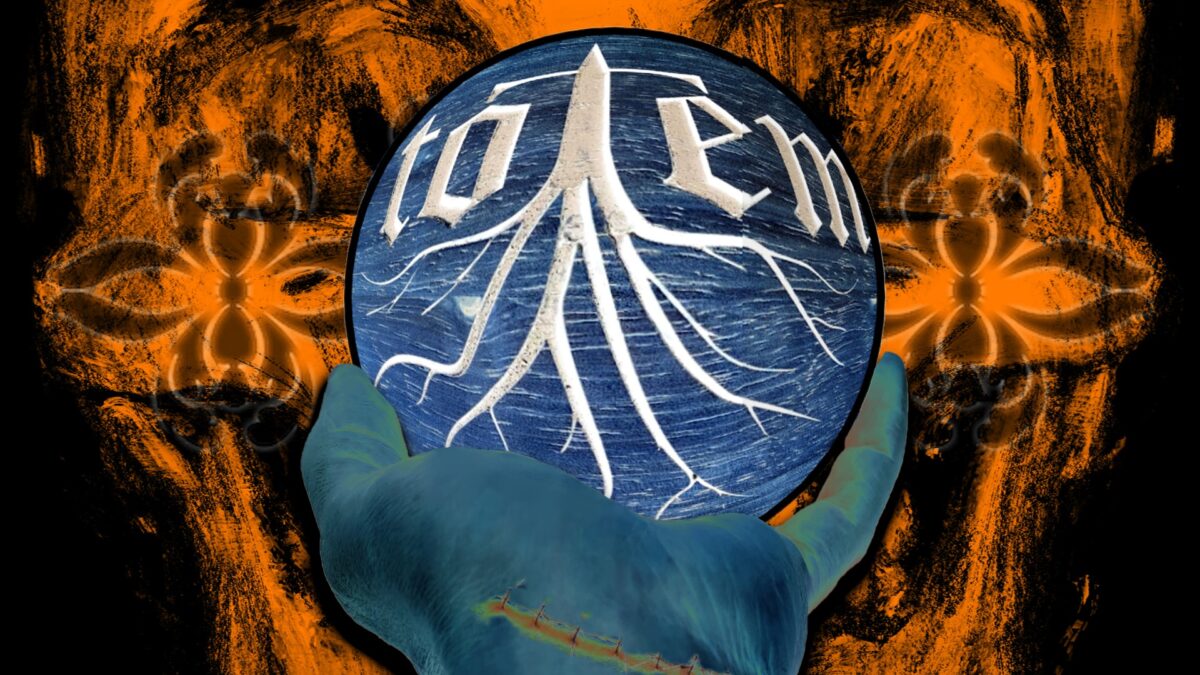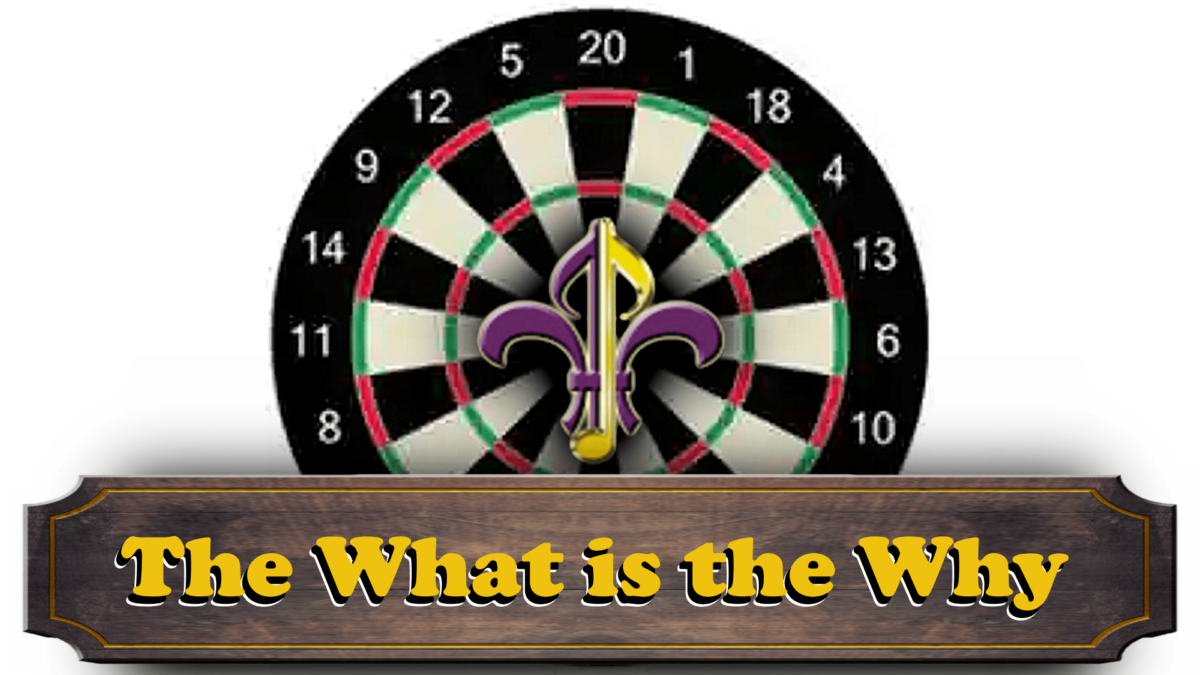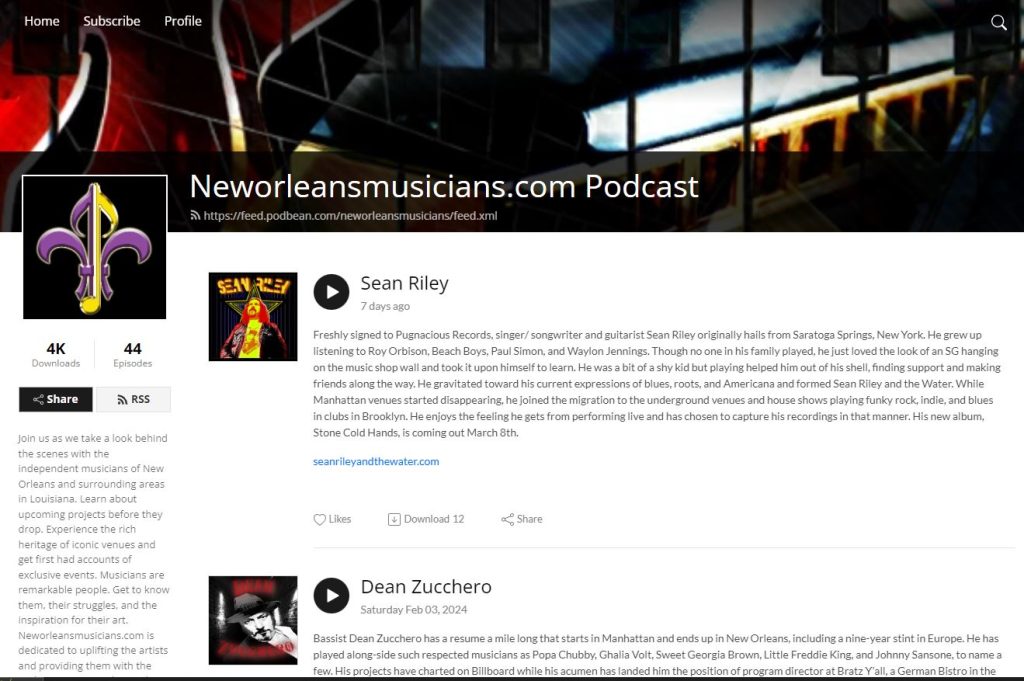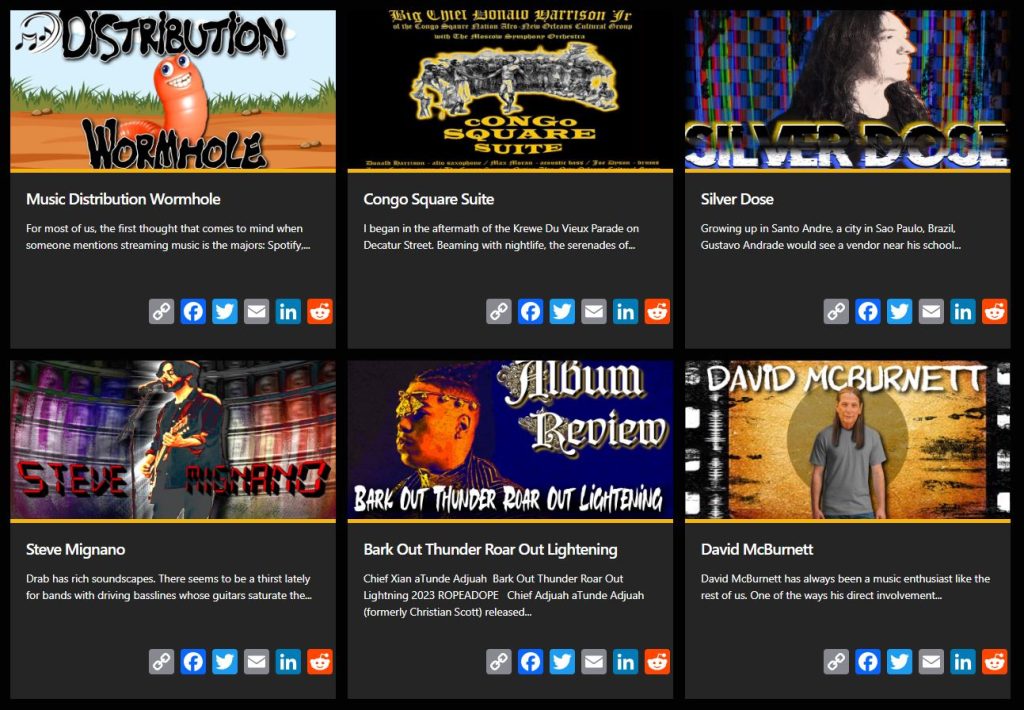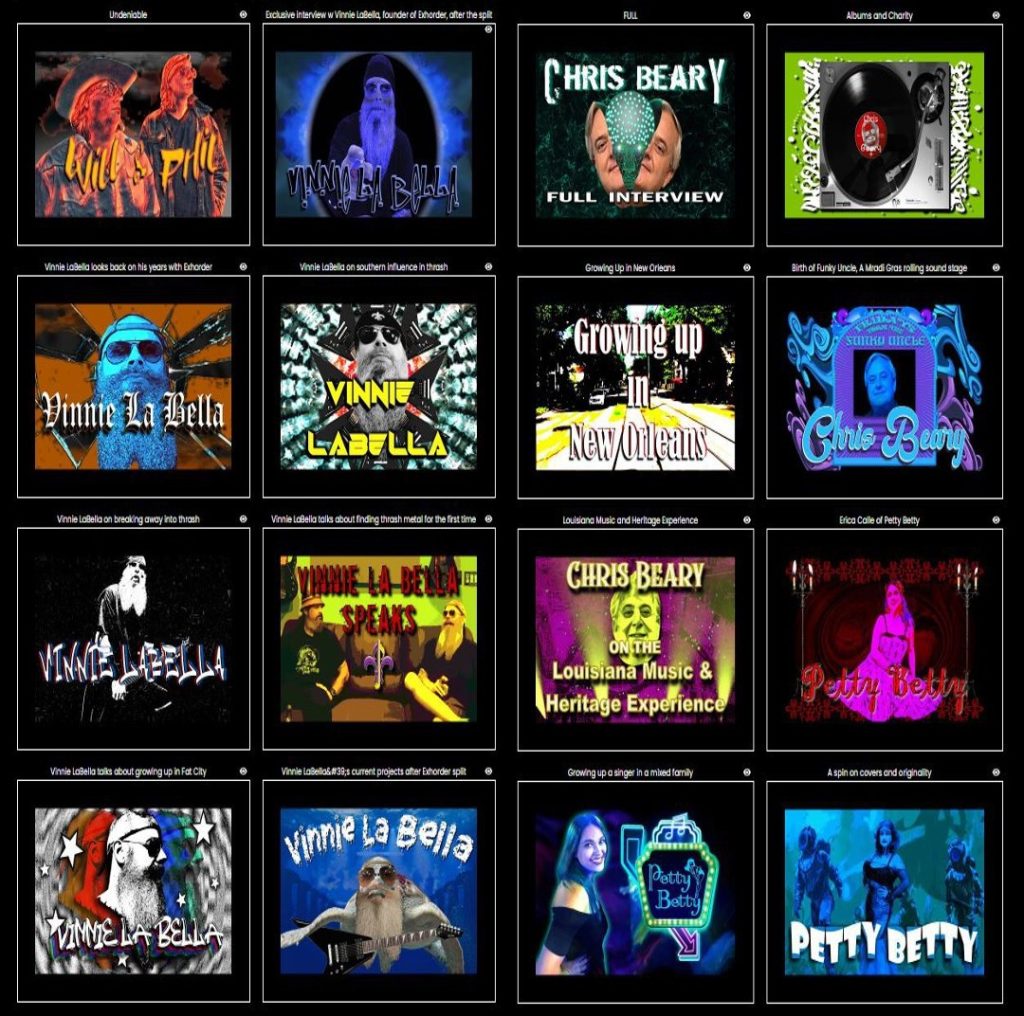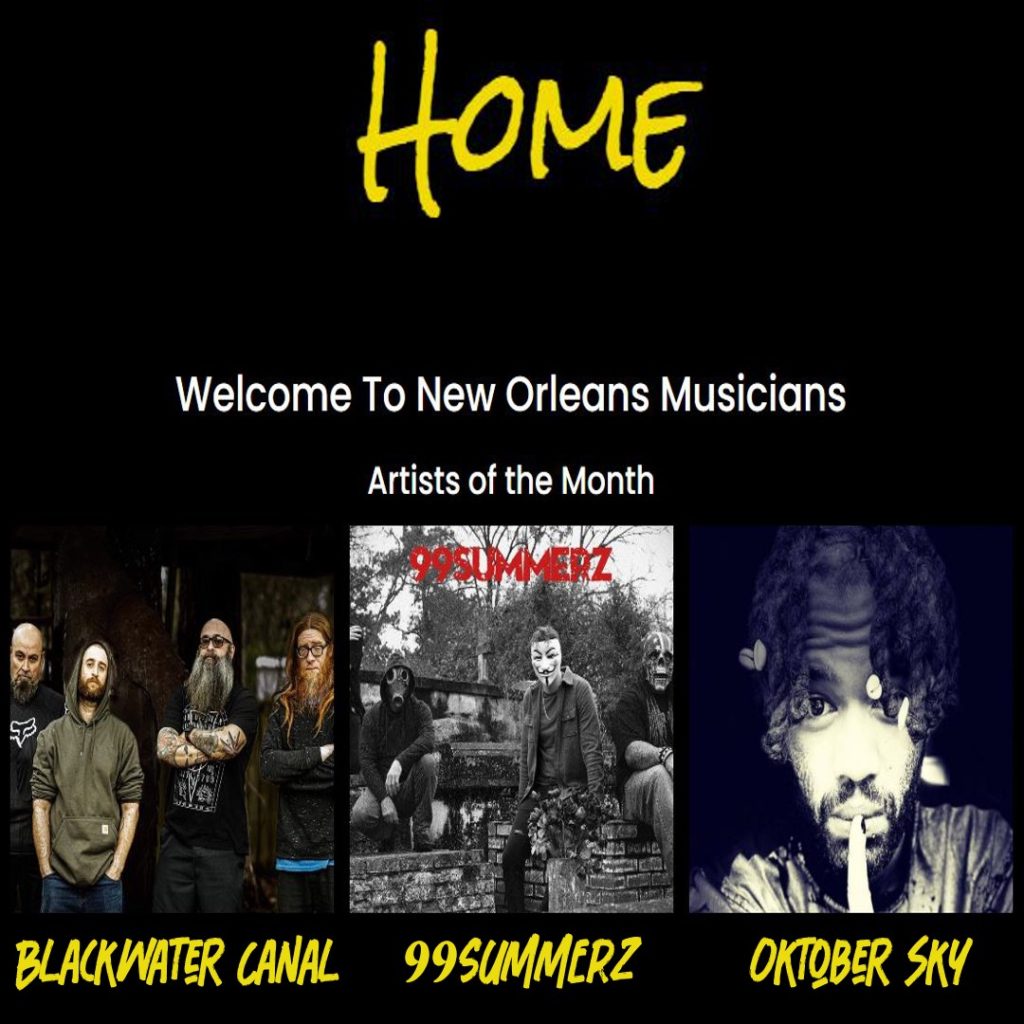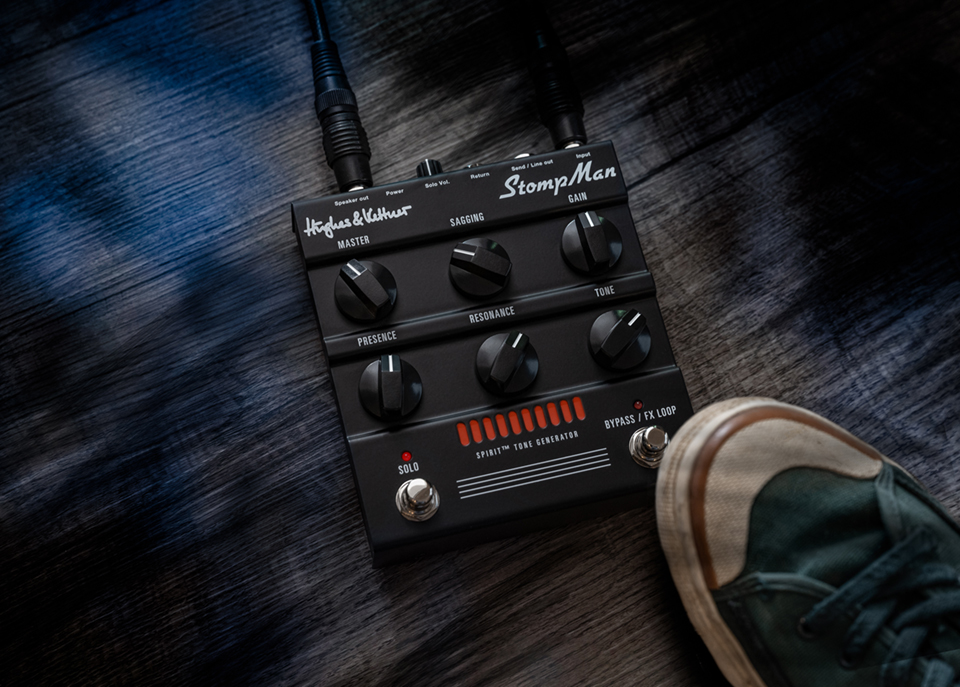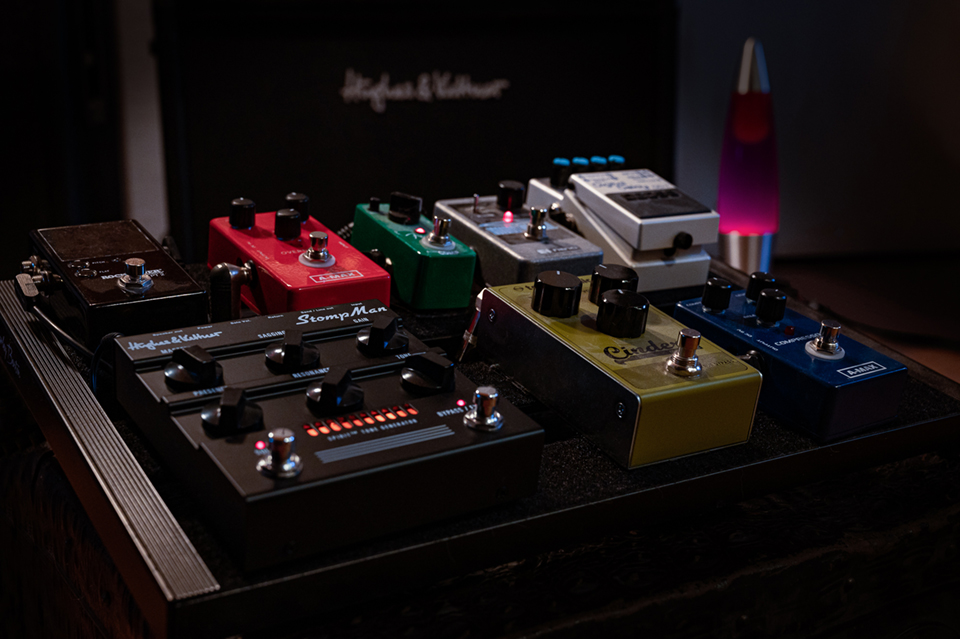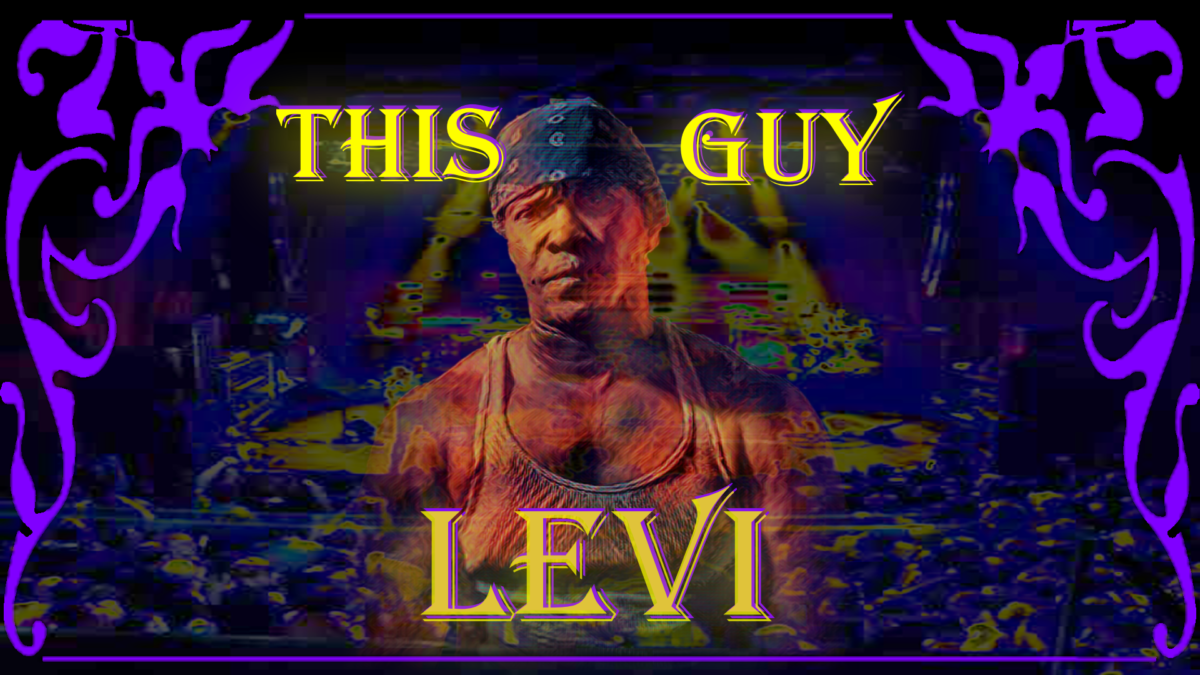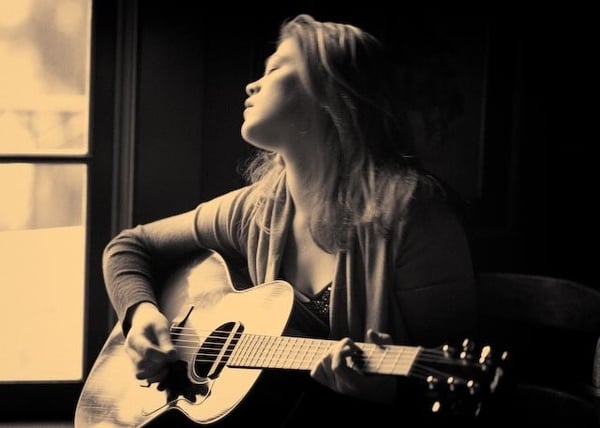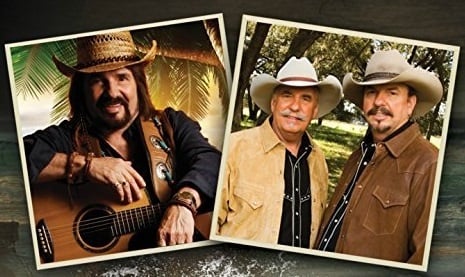With family roots in both Ecuador and Sicily, Petty Betty front woman Erica Calle was born into a vibrant, culturally diverse family in New Orleans East. To hear her describe it, this was not an atmosphere for the meek. “The only way you get heard at the dinner table… who talks the loudest is who gets heard. So, I’ve never been told I’m a quiet person. And I don’t think I ever will. I just found a way to turn that into a positive.” Music never really held a dominant presence in the household. And although natural heritage was held close on both sides of the family, focus was concentrated on assimilation into American culture. As a result, she recalls her mother having an affinity for vinyl with no distinctive musical genre. And her father being somewhat of a fan of smooth jazz. In lieu of concerts or music festivals, the pair would often opt for more peaceful outdoor experiences such as rock climbing and camping.
After a short stint in Texas, her parents came back to settle in Denham Springs. And though Erica had grown fond of singing, she just didn’t have the knack for it. “I remember being in sixth grade and I went to St. John Vianney in Baton Rouge, a small Catholic school. I remember getting up and signing Rockin’ Around the Christmas Tree in front of my class. It was terrible. The kids laughed.” What one might think would have a negative impact on a young Erica, didn’t. She would tell you that she was (and is) more stubborn than talented. But her love for performing grossly overstated the reaction she observed from the crowd. And she would do it again and again. It wasn’t until she was about twelve years old that some things started to fall into place. She was in her room singing and her mother mistook her for the radio. But what both had not taken into account was that, through maturation, her voice had dropped. It was at that moment that her mother really took interest in nurturing what would blossom into a wonderful talent. The notion was sealed with procurement of a voice coach and lessons.
Erica had come into the situation loving pop songs and expressed interest in singing one for her first recital. But her voice coach would insist she take on a more soulful approach, while trying to cater to a deeper tone. And this felt right.
Later on in life, Erica would study through vocal coaches at LSU. And once again she found herself singing in less habitable, higher tones. She recalls this as being exhausting. While she realized that one of her goals should be to provide for a wide vocal range, singing soprano did not feel natural to her. This was compounded by the fact that singing in a deeper tone physically came from a different part of her body. Not to mention singing soulful music came from her heart. “You don’t understand the why’s that you feel that way until you’re older. There’s a difference in singing rehearsed music and singing from your soul. And that’s something you learn about yourself as you go. So, I think what’s really cool about music, about the arts is that you’re really… not so much you’re learning a talent, you’re learning and discovering yourself.” Beginning with an interest in pop music and singing in soprano really took her off course. But luckily, by following her heart, and with a little help from a voice coach, Erica found the way back to herself.
With mental and emotional support from her family as a child, she was able to realize her own vision as a singer. Her father even once driving her all night to Atlanta, Georgia for a competition in The Voice; at which she garnered her spot in the second round. But attempting so much in the midst of a cold landed her with blown vocal chords; a wound that would take years to mend. Even speaking would render her hoarse. So, she buried herself in life away from singing. Depression and weight gain would soon follow. An abusive relationship helped to further suppress the voice of a once boisterous young woman. And a roughly ten-year break from involvement in music resulted. She likened the experience to boiling a frog. These things culminated slowly, but had a lasting effect on her. Some friends approached her one night after karaoke asking if she would be interested in joining their band, and she accepted. It was a way back into a life of singing which was good for her. But she didn’t know how to advocate for herself when it came to what worked for her as an artist. As tensions in the band rose, so did the abusive situation at home. And although she learned a lot while in that band, when the time came as she said, “When I got out, I had to get out”. Her abusive home life was intertwined with her band life. So, when she made the decision to leave the relationship, she also made the decision to leave the band.
Her next foray into singing would be what we all know today as Petty Betty. Hearing things like, “no little sister, what works best for you” made her know for sure she had found the right place. For Erica, learning the ins and outs of musicians and how they work became possible in an atmosphere conducive to growth. And the bunch all became like family. Petty Betty practiced for a solid year before performing live. Since then, they have enjoyed immeasurable success. But to do this, they came out the gate ready to handle not just the gigs themselves, but bookings and networking as well. They began live having gigs booked out for months. The Betty Boop/ Betty Page theme underlying their name had given them a distinctive look. And their embracive style with the crowd had landed them a truly loyal following. Though Covid impacted them as deeply as it did many bands, Erica took the instance as an opportunity to network even harder, committing to livestreams and serving as a go-between to help other bands remain active.
Though some of this was about self-preservation, much of it became about the worth of a community of musicians as a whole. She gained an understanding of her own self-worth, as well as the worth of the musicians around her. And it now can be heard in her speaking about the way venues and musicians currently do business. She walked away from her experience with Covid realizing that a line must be drawn for musicians to uphold, whereby venues understand that a respectable business practice is in order. Like she said, “ I think that working within the music and the venue community, building those relationships helped to understand that value.” Instilling a perspective in people comes over time and through the efforts of not just one. Petty Betty has also sought to add value to what they do by making covers uniquely their own. At their shows you might hear House of the Rising Sun w a soulful nature, or Johnny B Goode w a double bass, or even Gangster’s Paradise and Lenny Kravitz Fly Away mashed together. An active schedule gigging has strained the band’s ability to find a spare moment to work on some originals. But a life, for some time, lived on an emotional roller coaster has Erica at no shortage for material. She has so much written that she can’t wait to work on. You can hear more about the artist on our podcast interview and the video version will be on our Youtube channel soon. In the meantime you can keep up with the band on facebook, including live examples of their work at https://www.facebook.com/PettyBettyLIVE.
Author: David Trahan

